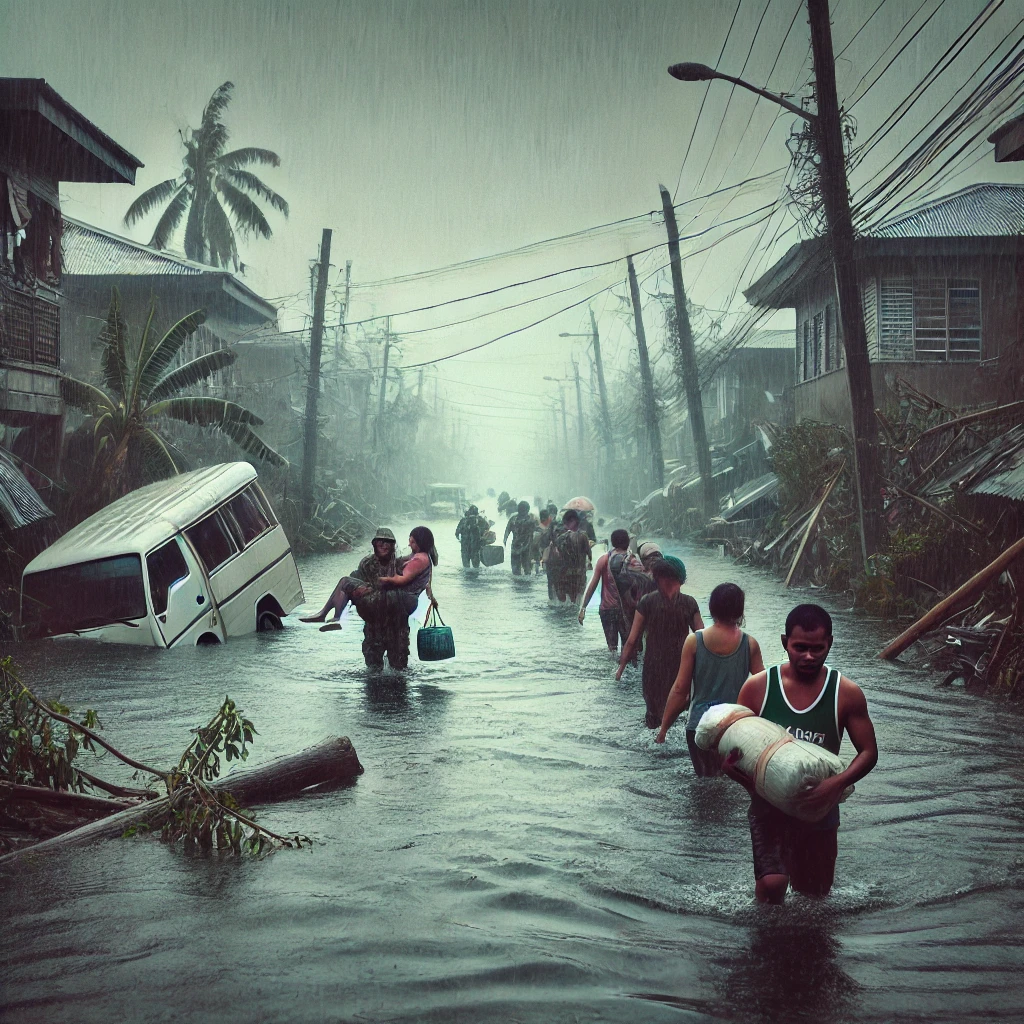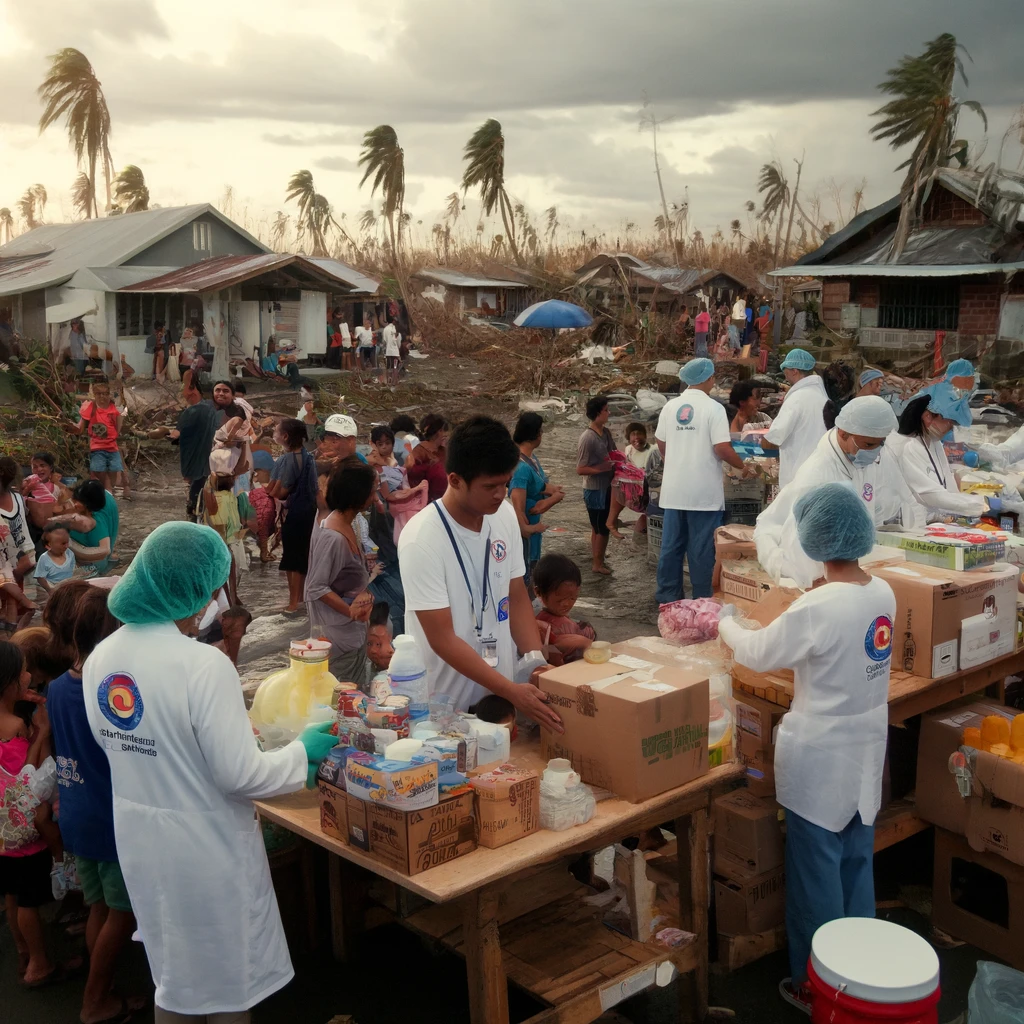On November 8, 2013, the Philippines faced one of the most powerful natural disasters in recorded history when Super Typhoon Haiyan, known locally as Yolanda, made landfall. This catastrophic storm wreaked havoc across the archipelago, leaving thousands dead, millions displaced, and entire communities devastated. Haiyan’s impact highlighted the urgent need for disaster preparedness and response, as well as the ongoing challenges of climate change.

The Fury of Haiyan
Super Typhoon Haiyan was unprecedented in its strength, boasting maximum sustained winds of up to 195 miles per hour. As it approached the Philippines, forecasters warned of the impending disaster, but the scale of destruction was beyond anyone’s expectations. When the storm made landfall, it brought with it torrential rains, storm surges, and powerful winds, resulting in widespread flooding and destruction.
The devastation was particularly severe in Tacloban City, where the storm surge inundated coastal areas and obliterated infrastructure. The immediate aftermath revealed harrowing scenes of destruction, with homes flattened, roads blocked, and families separated. Emergency responders and international aid organizations quickly mobilized to provide assistance, but the scale of the disaster posed significant challenges.

Global Response and Recovery Efforts
In the wake of Super Typhoon Haiyan, the international community rallied to support the Philippines. Aid poured in from various countries and organizations, providing food, water, medical supplies, and shelter for those affected. The United Nations launched a massive relief effort, and various NGOs worked tirelessly to help communities rebuild and recover.
The disaster also brought attention to the growing threats posed by climate change and the increasing frequency of extreme weather events. In the years following Haiyan, discussions about disaster preparedness, climate adaptation, and resilient infrastructure gained prominence. The typhoon served as a wake-up call for many nations, emphasizing the importance of proactive measures to address climate-related challenges.

Lasting Legacy
The impact of Super Typhoon Haiyan on November 8, 2013, is felt not only in the Philippines but also around the world. The storm highlighted vulnerabilities to natural disasters and the need for comprehensive disaster risk reduction strategies. Efforts to improve resilience and preparedness continue to be crucial in mitigating the impact of future disasters.
As we reflect on the tragedy of Haiyan, we remember the lives lost and the resilience of those who survived. The global response to the disaster serves as a testament to the human spirit and the importance of solidarity in times of crisis. The lessons learned from Super Typhoon Haiyan continue to shape policies and practices aimed at building a safer, more resilient future for communities at risk.
